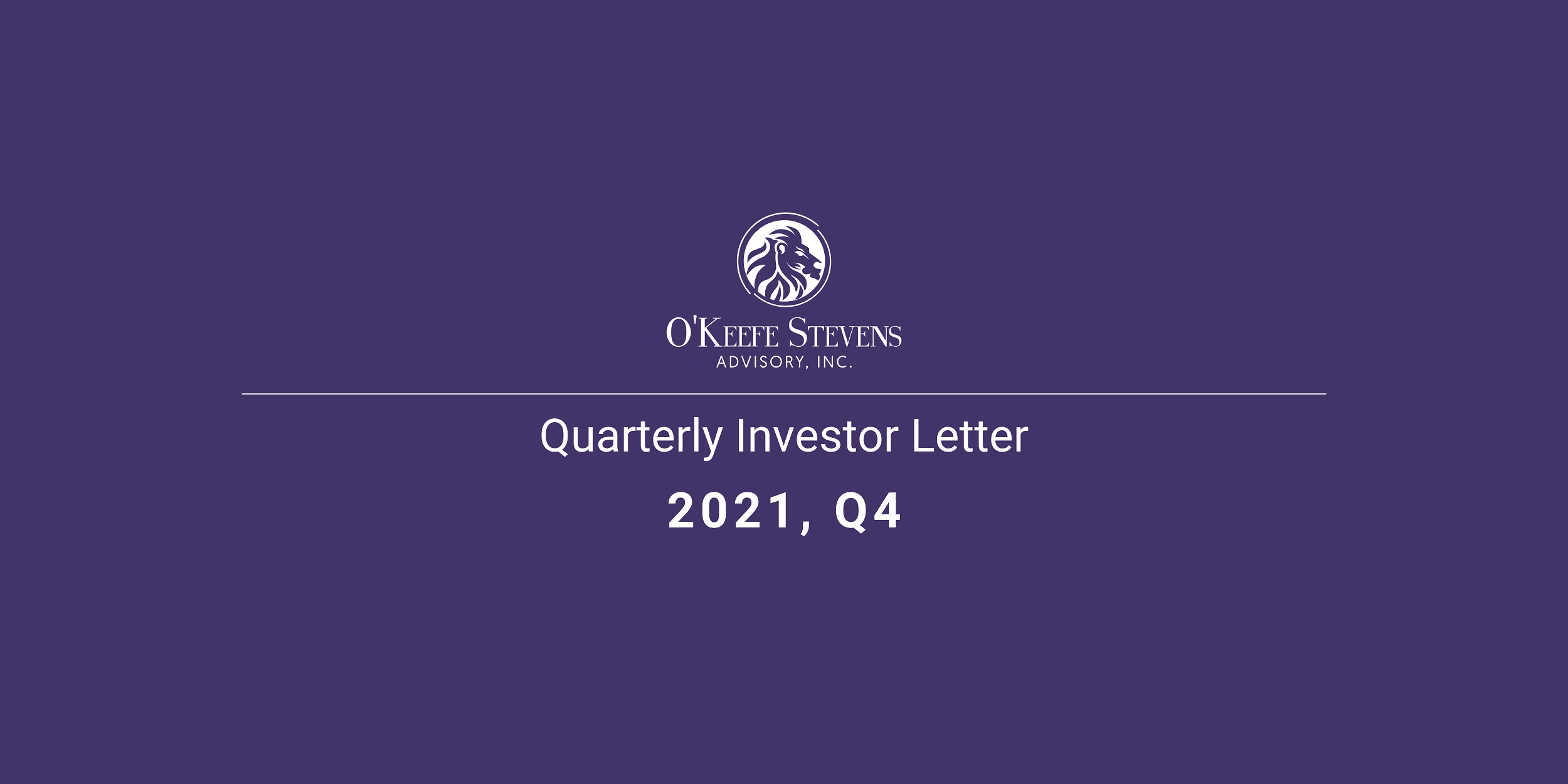Quarterly Investor Letter Q4 2021
Author: Dominick D’Angelo
Portfolio Update
Teekay LNG (TGP) – On October 4th, Teekay LNG announced they were being acquired by Stonepeak, an Alternative Investment firm specializing in infrastructure and real assets, for $6.2B, or $17 per share. Teekay LNG is one of the largest operators of LNG vessels. We were displeased with the offer, and post the SEC Filings detailing the reasoning behind the transaction; we became even more upset. Teekay LNG is 41% owned by its parent company Teekay Corp, which approved the transaction before minority shareholders voted. 9% of the remaining shareholders needed to approve the transaction, making it a formality. Our reason for owning TGP was relatively simple. We had a decent business with long-term contracts, generated an 8%-12% ROE, were in the process of deleveraging, and had an 8% dividend yield. We believed the business’s fair value was in the mid $ ’20s and got paid a dividend while we waited. There were several problems with the process of the sale including, 1. Management’s primary rationale in approving the transaction was “immediate liquidity on closing.” TGP is a publicly-traded stock that averaged over 1m shares traded per day, or $16m notional. Anyone (excluding the largest ETF’s/Mutual Funds) could get out of the stock in a few days without materially affecting the price. 2. The due diligence done by Investment Banks to source the right buyer appears to be poor. TGP started the process of selling themselves in January 2021 when the stock was ~$13. Only two strategic buyers were contacted, with the remaining 20 or so being financial buyers. The highest price TGP ever received was an $18 preliminary bid in early 2021 from Stonepeak. Since that initial offer, the company’s business outlook improved due to increased demand for natural gas, and the company continued to pay down debt. How the purchase price declined during that period baffles us. Our opinion is that TGP should have continued its path, reducing debt, paying off preferred equity, and selling non-strategic parts of the business. We were wrong in thinking TK Corp. would do what’s best for minority shareholders given their substantial stake. Our solution is to better understand potential conflicts of interest before purchasing securities.
Intel Corp (INTC) – We originally purchased Intel in August 2020 due to the substantial FCF generated and $10B+ yearly in R&D and Capex invested over the past several years. The technology lead it once had was gone as competitors such as TSMC, AMD, and others in the CPU and Data Center group surpassed Intel. Even though Intel had years of business underperformance because of delays in releasing new products, we believed the amount of capital spent at the company would allow them to catch up and reclaim market share. We knew this type of turnaround, given the company’s size, was not going to be quick or easy. However, we believed the price offered more than compensated us for the risk of failing once again.
In January, Intel announced Pat Gelsinger as the new CEO. We were happy with the hire as Pat was Intels original CTO, helping Intel become the dominant player in the industry it once was. We became increasingly worried that Pat was not the right guy in the months and quarters following the announcement. Mr. Gelsinger appears to be viewing the world through rose-colored glasses (though we do recognize the CEO is the heart and soul of the organization, so we understand to a certain extent why he talked the way he did). Intel’s FCF gave us some comfort that it could afford to continue investing in new products while repurchasing shares or making acquisitions.
In the most recent quarter, the company announced an ambitious spending plan. In 2022, Intel expects to spend between $25-$28B in capital expenditures plus another $15B in R&D, with the potential to spend more if an opportunity presents itself! The FCF cushion we once had is likely gone for the next few years as Intel bets the farm to return to a market-leading position. While the future for Semiconductors is very bright, and end markets such as Data Centers and Autonomous vehicles are growing rapidly, we worry about the potential ramifications should INTC’s investments prove to be ill-fated like the past decade. Understanding what INTC will earn next year is a challenge in and of itself. Thinking about what it could be in 3-5 years is likely nothing more than a guess. With our downside protection gone and uncertainty surrounding the business’s future, we decided to sell the position. We are long-term-minded and are willing to ride out short-term pain. However, when the facts change, we must update our prior views.
Capstone Minning (CSFFF) – In November, Capstone Mining announced they are acquiring Mantos Copper for ~$1.3B. Mantos operates two mines in Chile, Mantos Blancos and Mantoverde (70% ownership). We believe this transaction is transformational and is beneficial for shareholders. In 2021, Capstone will produce around 85k tons of Copper. The newly combined company would have produced around 175k tons, doubling the previous capacity.
Capstone continues to be one of our favorite investments, given the lack of new supply and positive demand dynamics that we believe will play out over the next decade in the copper industry. Capstone’s most Strategic Asset, Santo Domingo, is located just 30km NE of Mantoverde, resulting in integration opportunities such as shared water sources, pipelines, and transportation synergies. Santo Domingo will be one of the lowest-cost mining operations when it comes online in 2025-2026.
Portfolio Top 5 Holdings
At the end of 2021, our top 5 holdings represented almost 41% of assets, with NVDA representing almost half of the weight at ~21% of the portfolio. The remaining four include QCOM, IVSXF, WY, and AMGN. While we continue to believe NVDA is one of the best businesses globally, with a stellar management team and tremendous runway for growth, it has become such an outsized position for the clients that we believe it is prudent to reduce the size of the position. Towards the end of the quarter, we sold some NVDA January calls against our existing position. Should the calls expire worthless, we will likely redeploy this strategy again, collecting multiples of our initial purchase price in premiums.
Market Update
On the surface, it appears that everything is excellent. However, looking under the hood tells an entirely different story. As of December 15th, the Russell 3000 Index, which tracks the performance of the 3,000 largest US-traded securities, was 3.4% off its all-time high. 2,288 (76.2%) of the index was 10% or more off its all-time highs, 1,068 (30% of the index) was more than 30% off its all-time high, and 559 (18.6% of the index) was more than 50% off its all-time high. The mega-cap names, including Apple, Google, Amazon, Nvidia, and others, have kept the market up due to their significant index weight. We are finding more bargains than earlier in the year and will look to deploy new capital and proceeds from the TGP sale in names we find attractive in 2022.
Interestingly, several of the names that are down over 50% remain expensive based on trailing results and forward estimates. Peloton (PTON) was down over 70% in 2021 and, at the end of 2021, trades at ~5x 2022 sales. Lemonade (not the drink, LMND) was down 77% is estimated to do $215m in revenues and currently boasts a $2.8B market cap, Chegg (CHGG) down 68% trades at 5.5x sales, and finally, Teladoc down 74% from its all-time highs trades at 5.7x. At the same time, these businesses are growing at an above-average clip, warranting some premium valuation. These stocks still trade at substantial premiums to historical norms. These valuations are post the dramatic price decline. All of the stocks listed above are expected to generate losses in 2022, excluding CHGG. It should not be surprising that none of the names listed above, or several other covid beneficiaries are not in the portfolio. We try to understand what the business will do over the next three to five years. These companies needed to sustain growth rates that we viewed as low probability events, causing us to pass. As we enter 2022, we are very excited about the discounted valuations in our portfolio. With higher inflation, our Real Estate Investments should continue to benefit through higher rent or land appreciation, KIM, SKT, WY, and FPH. Our commodity-related investments, including HCC, EAF, and CSFFF, have indicated that this is one of the best pricing environments they’ve seen in years. We plan on hosting an event later in June 2022 and look forward to answering questions about your portfolio and the market. If you are interested in attending, please email Dominick D’Angelo, CFA at dominick@okeefestevens.com, and we will reach out.
Disclaimer
This document is for informational purposes only. O’Keefe Stevens Advisory is not providing any investment recommendations with the publishing of this document, and no firm performance data is included in this document.



No responses yet